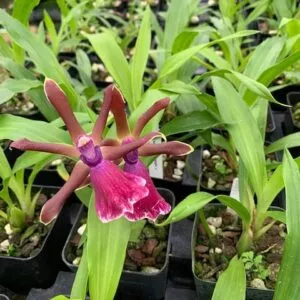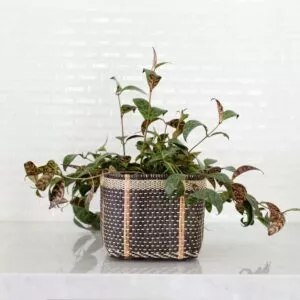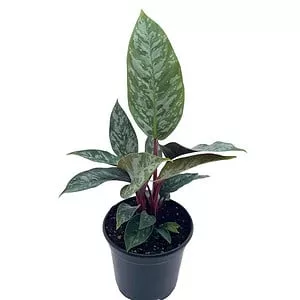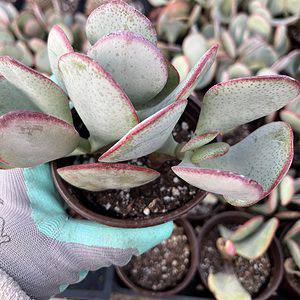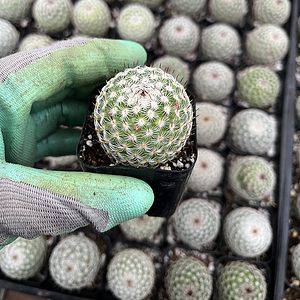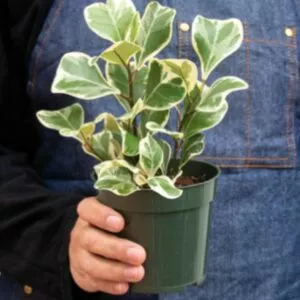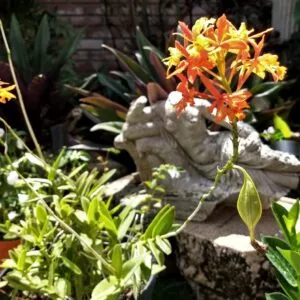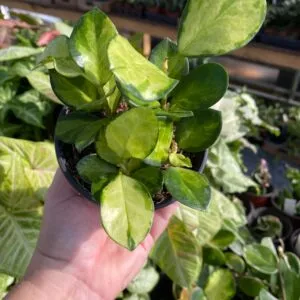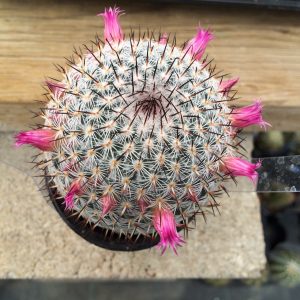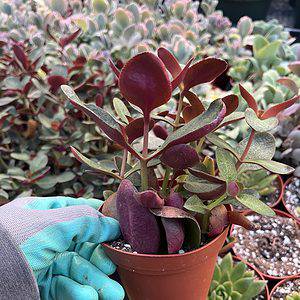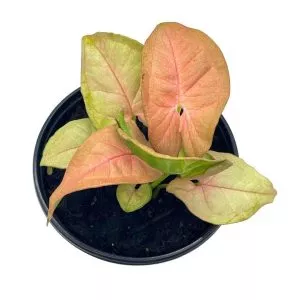No products in the cart.
Table of Contents
Cape primrose plants are highly attractive for their flowers. They are simply like your African violets but they’re easier to tend to. Hence, if you haven’t had any luck with growing African violet, we recommend planting cape primrose instead.
They’ll surely add a bunch of beautiful colors to your indoor plant collection.
What is a Streptocarpus Plant?
Streptocarpus is a genus of flowering plants that belong to the Gesneriaceae family. They’re composed of herbaceous perennial species that are native to Africa and Madagascar. It has textured and flat growing leaves.
On top is a cluster of flowers that come in red, blue, purple, yellow, white, and orange shades.
Because they’re extremely gorgeous, streptocarpus plants easily captured the hearts of many, even novice growers. Following are some important things to remember if you’re planning to add this to your growing collection.
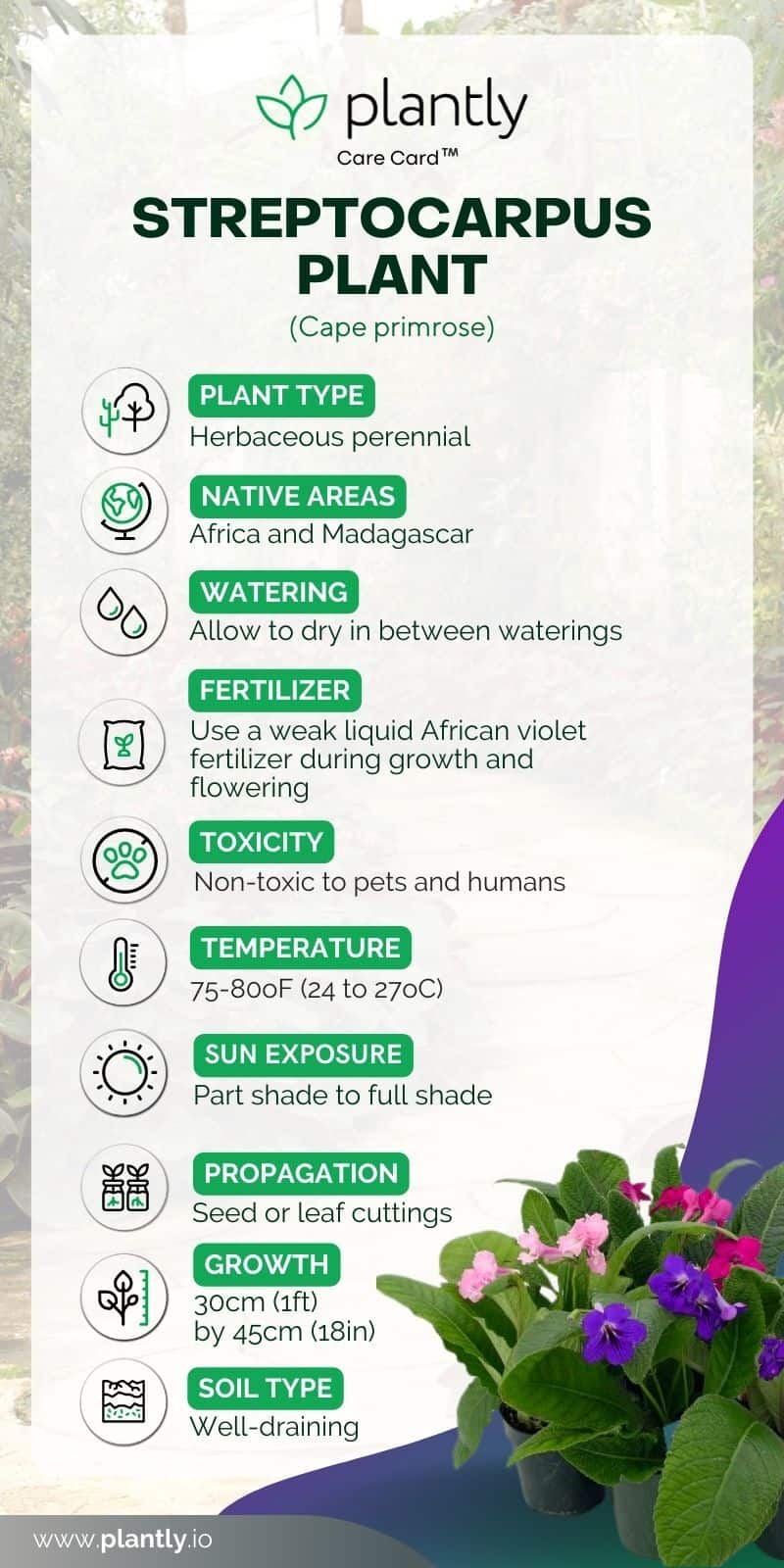
Streptocarpus Plant Care Basics
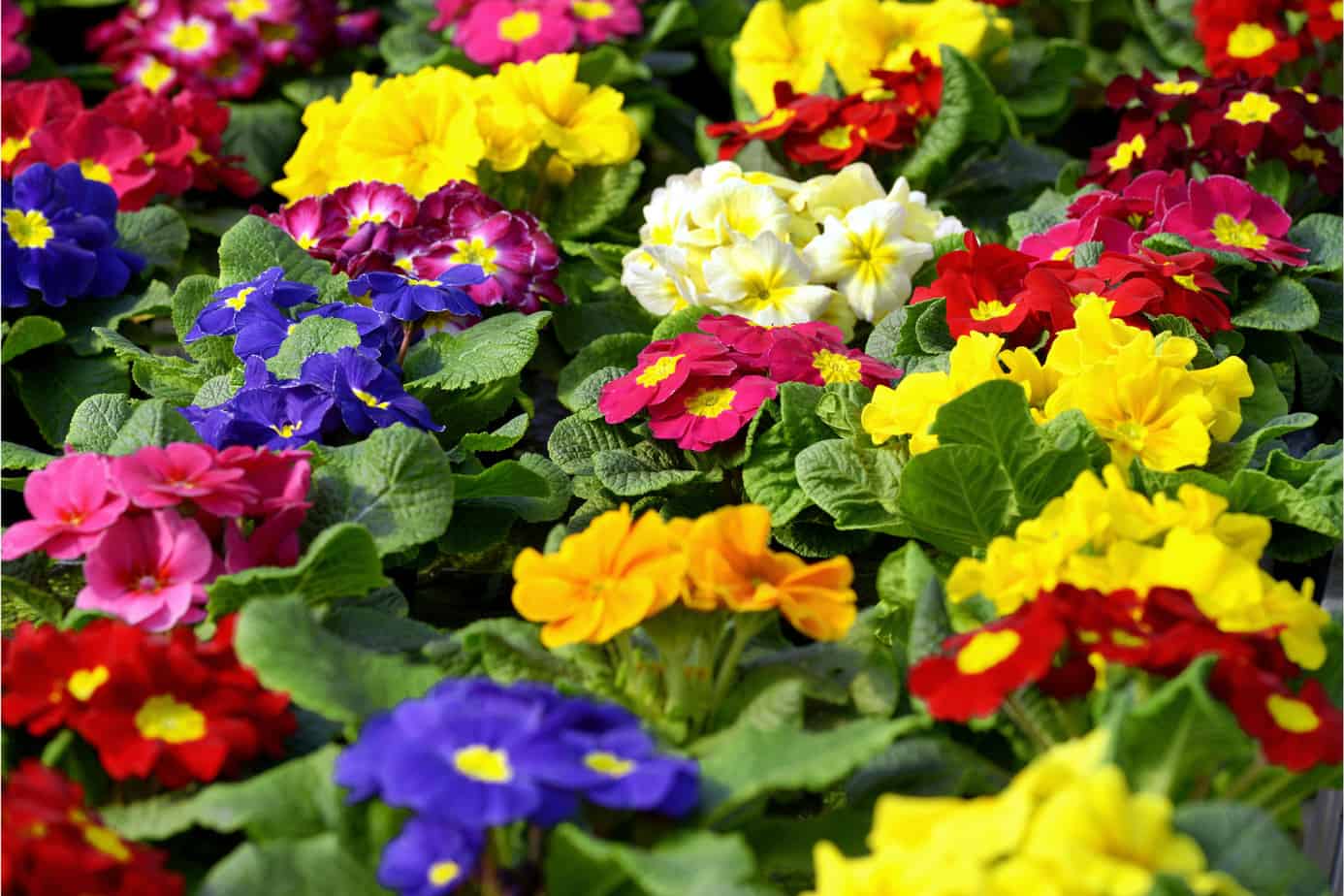
Taking care of cape primrose streptocarpus is relatively easy. This plant isn’t a picky one and you’ll find a high rate of success should you decide to grow your own. There are basic things to remember though. So, keep an eye on these specifics so your streptocarpus plants are happy.
In stock In stock In stock In stock
Free Shipping
$39.99
Sold By:
Aloha Hawaii Orchids
$44.99Orchid Zygopetalum Rhein Moonlight x Zygo.‘Blue Eyes’ Plant Fragrant From Hawaii
Rated 4.65 out of 5 based on 268 customer ratings02
Sold By:
Aloha Hawaii Orchids
$14.99
Sold By:
BubbleBlooms
Piper Parmatum 4 inch, Rare Peperomia
Only 98 available and it’s in 1 people’s basket Rated 4.81 out of 5 based on 279 customer ratings00
Sold By:
BubbleBlooms
$40.00
Sold By:
NEEPA HUT
6″ Lipstick black pagoda + Woven Planter Basket
Only 5 available and it’s in 3 people’s basket Rated 4.99 out of 5 based on 221 customer ratings11
Sold By:
NEEPA HUT
$10.99
Sold By:
Cacti and Exotica
CactiandeExotica | Cereus Peruvianus –Peruvian Apple Cactus
Rated 4.98 out of 5 based on 59 customer ratings00
Sold By:
Cacti and Exotica
Best potting mix
Provide fertile, moist, humus-rich, and well-drained soil for your cape primrose plant. You may add organic matter such as compost to the soil mix to make it fertile. Soil amendments like sand, peat moss, and perlite can be added to loam soil in order to form a well-aerated medium.
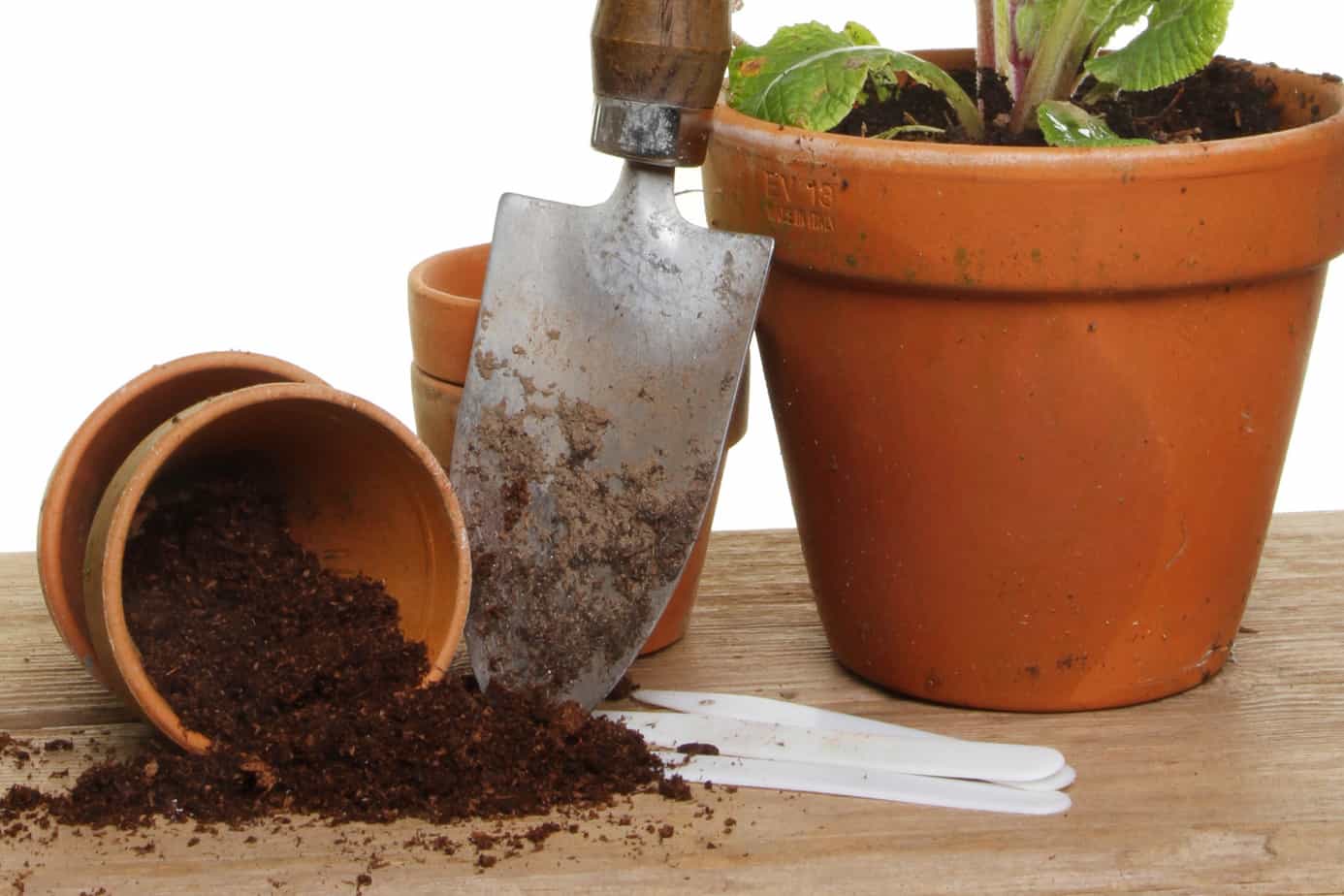
The root system of cape primrose plants is shallow so they’ll most likely thrive even in a small amount of soil. Hence, a deep pot isn’t much needed.
Ideal lighting
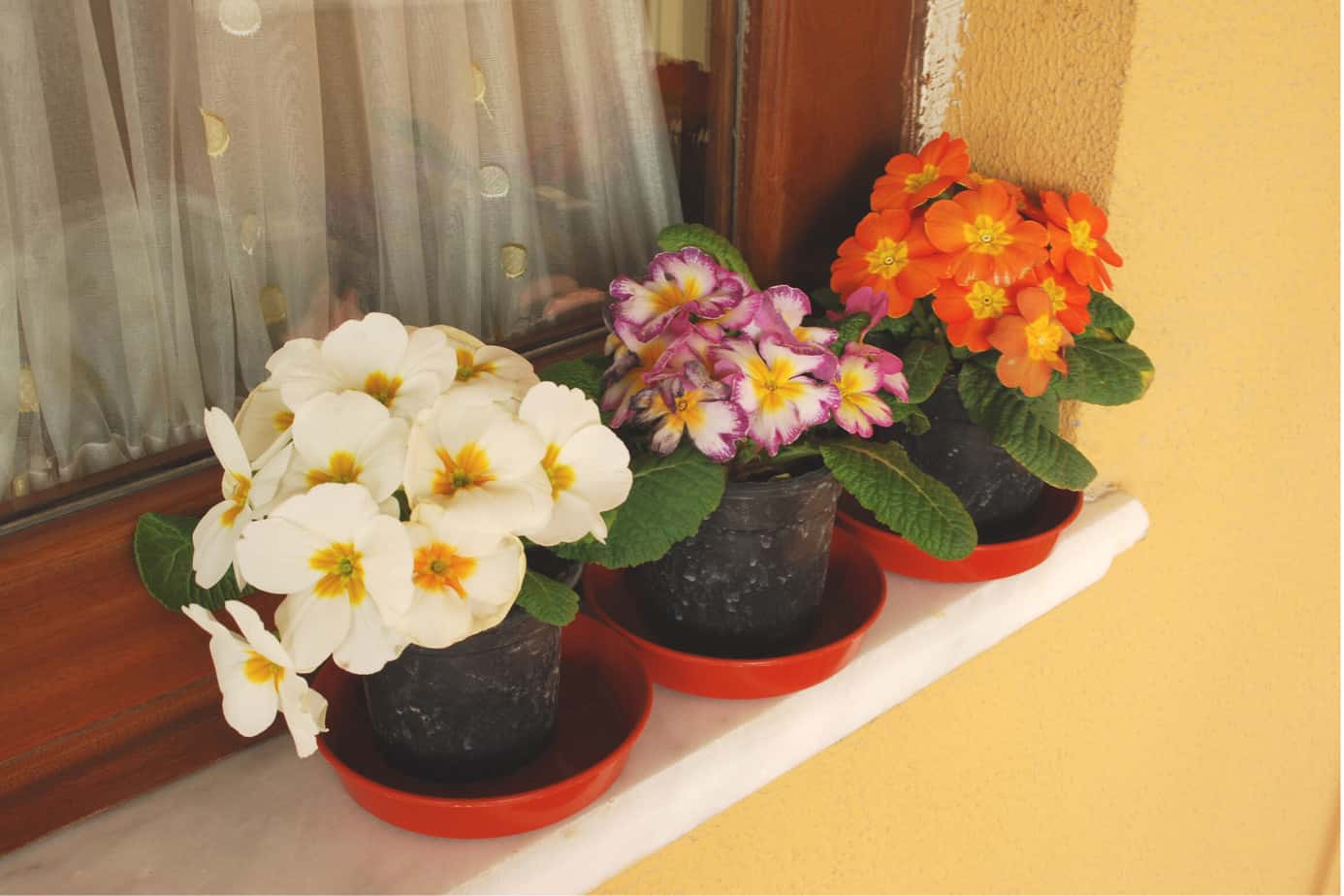
Streptocarpus plants can thrive in partial shade to full sun. However, it’s a bit sensitive to direct sunlight. If you have a west-facing windowsill that’s directed towards bright sunlight, that would be perfect.
A south-facing windowsill will also do. However, just make sure to provide a sheer curtain to serve as protection when the light gets too intense.
An indication that your plant is receiving too much light is when the foliage starts getting scorched. In that case, you’ll have to relocate your plant somewhere more shaded.
In stock In stock In stock In stock
Free Shipping
$39.95
Sold By:
CKK PRODUCTS LLC
$59.95Bare Root FUYU PERSIMMON – 2 Feet tall or more! –
Rated 5.00 out of 5 based on 1 customer rating00
Sold By:
CKK PRODUCTS LLC
$29.99
Sold By:
BubbleBlooms
Apoballis Acuminatissima Lavallei, 4 inch, Rare Selby, Beautiful Houseplant
Rated 4.81 out of 5 based on 279 customer ratings00
Sold By:
BubbleBlooms
$9.99
Sold By:
Cacti and Exotica
Crassula Arborescens—Silver Dollar Jade
Only 10 available and it’s in 2 people’s basket Rated 4.98 out of 5 based on 59 customer ratings00
Sold By:
Cacti and Exotica
$4.99
Sold By:
Cacti and Exotica
2″ Mammillaria elegans
Rated 4.98 out of 5 based on 59 customer ratings00
Sold By:
Cacti and Exotica
How often should we water them?
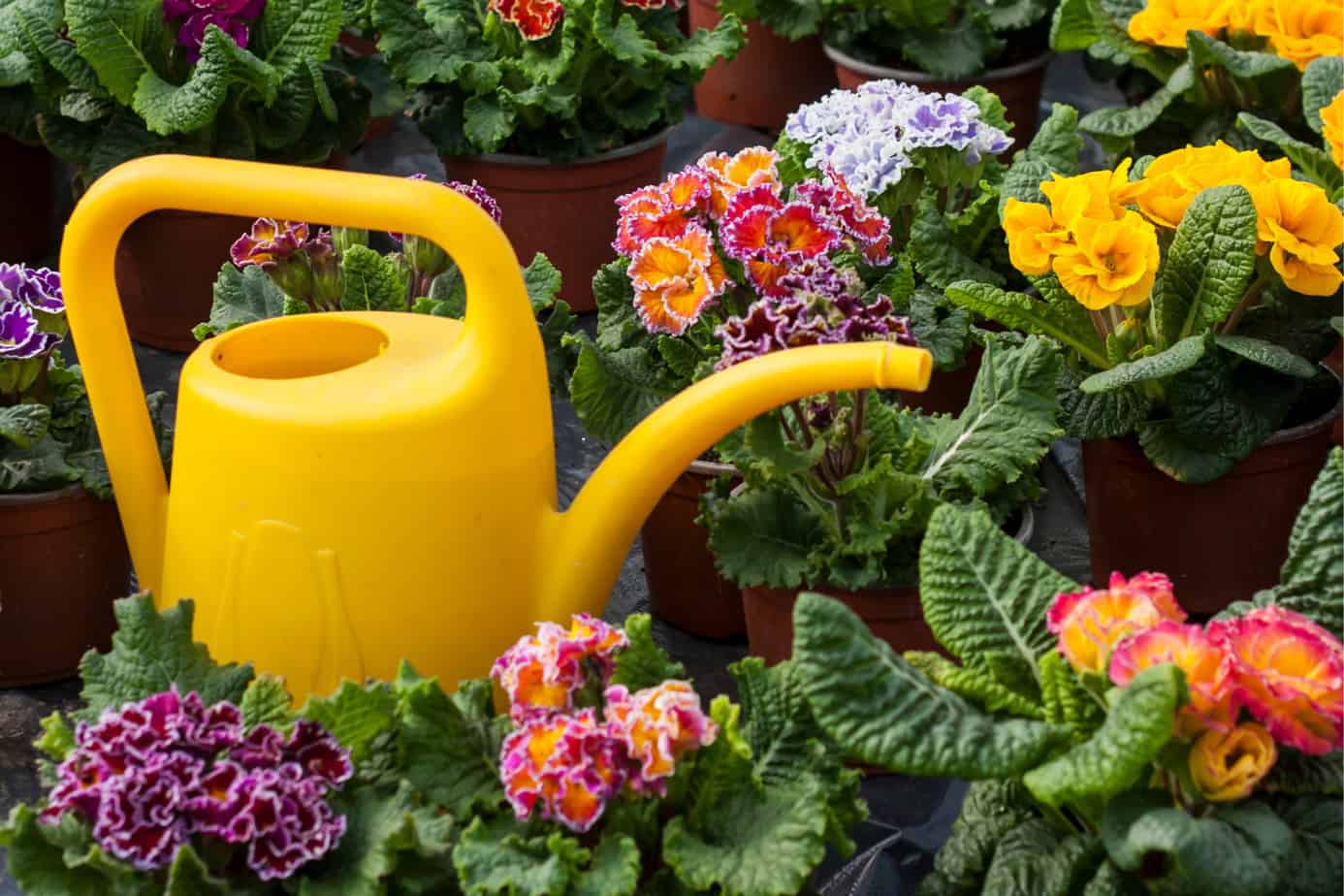
Overwatering can be a problem for streptocarpus. So, we recommend that you keep the soil dry in between waterings. That way, you allow the roots to have enough breathing room before getting the soil moist again. Ideally, at least half of the soil’s depth must be dry.
You may dip your fingers down the soil surface in order to know if it’s already dry. If you can still feel the moisture, then give watering a pass.
Temperature & Humidity
Cape primrose plants need a moderate to cool environment. The temperature must be 75-80oF (24 to 27oC) during the day and 60-65oF (16 to 18oC) at night. This fluctuating temperature would help stimulate new growth.
Your plant may suffer from the intense heat on hot days. If you notice that the plant is wilting, find a cooler place and transfer your plant there. It also loves a lot of humidity too. Thus, a greenhouse will be a perfect place for tending streptocarpus plants.
Please also remember that your plant is frost-tender. Once exposed to a much cooler temperature, your plant will get stressed. It may develop yellowing of foliage, or worse, death.
Is Fertilizer necessary for these flowering Streptocarpus?
Use a half-strength liquid African violet fertilizer once a month to facilitate growth. When the spring season comes, shift to high potash plant feed. This nutrient would help the plant produce flowers.
Once the plant enters the dormancy period, you should stop feeding. That would be around three months.
In stock In stock In stock (can be backordered) In stock
Free Shipping
$33.95 – $51.99
Sold By:
A&K Plants
Ficus ‘Triangularis Variegated’ – Sweetheart Plant | 4-inch and 6-inch pot
Only 3 available and it’s in 3 people’s basket Rated 4.95 out of 5 based on 66 customer ratings00
Sold By:
A&K Plants
Free Shipping
$39.99
Sold By:
Aloha Hawaii Orchids
$44.99Dendrobium Burana White Comes in 4″ Pot
Rated 4.65 out of 5 based on 268 customer ratings00
Sold By:
Aloha Hawaii Orchids
Free Shipping
$24.99
Sold By:
Gar-Zen Botanical Design
Epidendrum Ibaguenese Orchids (3) Ships Free
Rated 4.86 out of 5 based on 49 customer ratings00
Sold By:
Gar-Zen Botanical Design
Free Shipping
$12.00
Sold By:
Sam's Curious Cultivars
White Bunny Ears Cactus
Only 1 available and it’s in 1 people’s basket
Sold By:
Sam's Curious Cultivars
Propagation
There are two basic ways how to multiply a streptocarpus. This could be done either through leaf cuttings or seeds:
Leaf cuttings
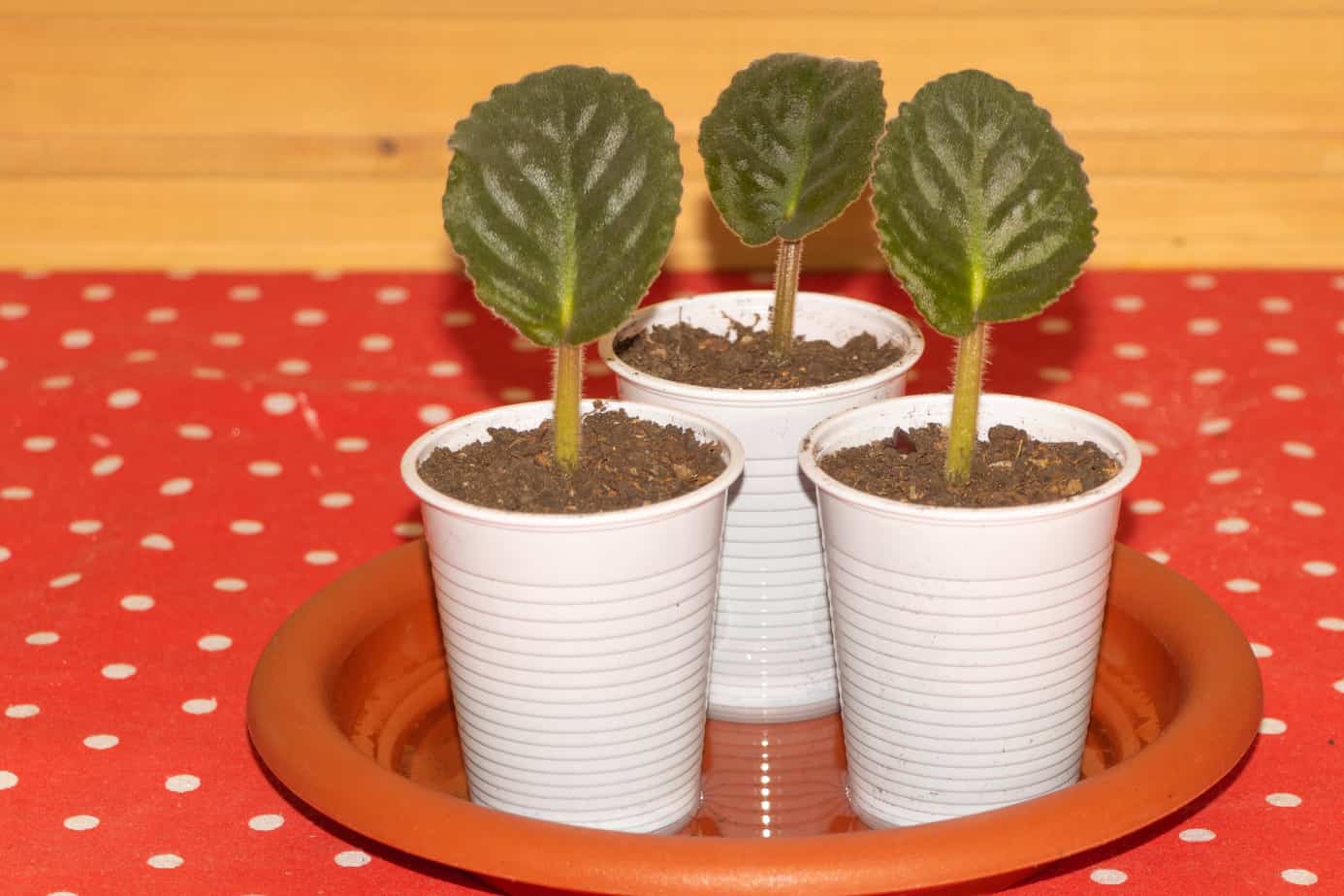
You can simply propagate a streptocarpus by cutting leaves from a mature plant. Cut a single leaf with its stalk on, plant it directly in a growing mix, and water it well. Place the potted cuttings in a shaded and humid area. You’ll notice new growths appearing at the leaf base.
The best time to do this is in early summer.
Seeds
If you want the classic means of propagation, then, you may use seeds. Prepare a starting mix in a seed tray. Spread the tiny seeds over the medium and water them gently.
Find a humid and well-lit area, then, place the tray there. Streptocarpus seeds are photoblastic, meaning they need exposure to light in order to germinate.
Growth Zone
You can grow streptocarpus as an outdoor plant in USDA Zones 10 to 11 without much trouble.
Potting and Pruning
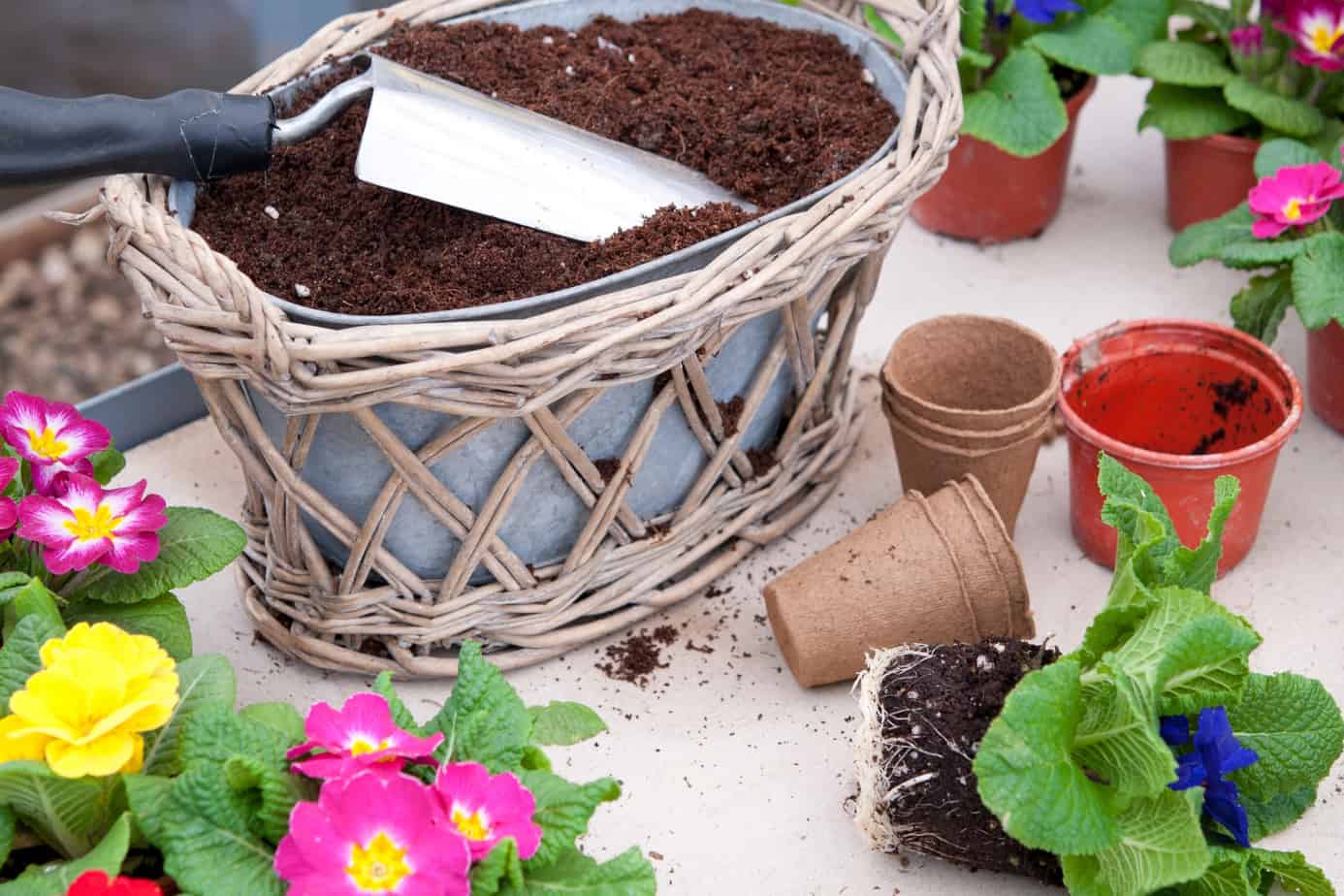
Your plant requires repotting every three to four years. Since they have a shallow root system, they don’t easily crowd the soil but they surely need a fresh set of potting mix. Choose a pot that is slightly bigger than the previous one so your streptocarpus will be comfortable.
Cutting back mature plants is needed especially after the bloom season. You may also remove faded or dead flowers and old leaves.
Streptocarpus Varieties and Similar Plants
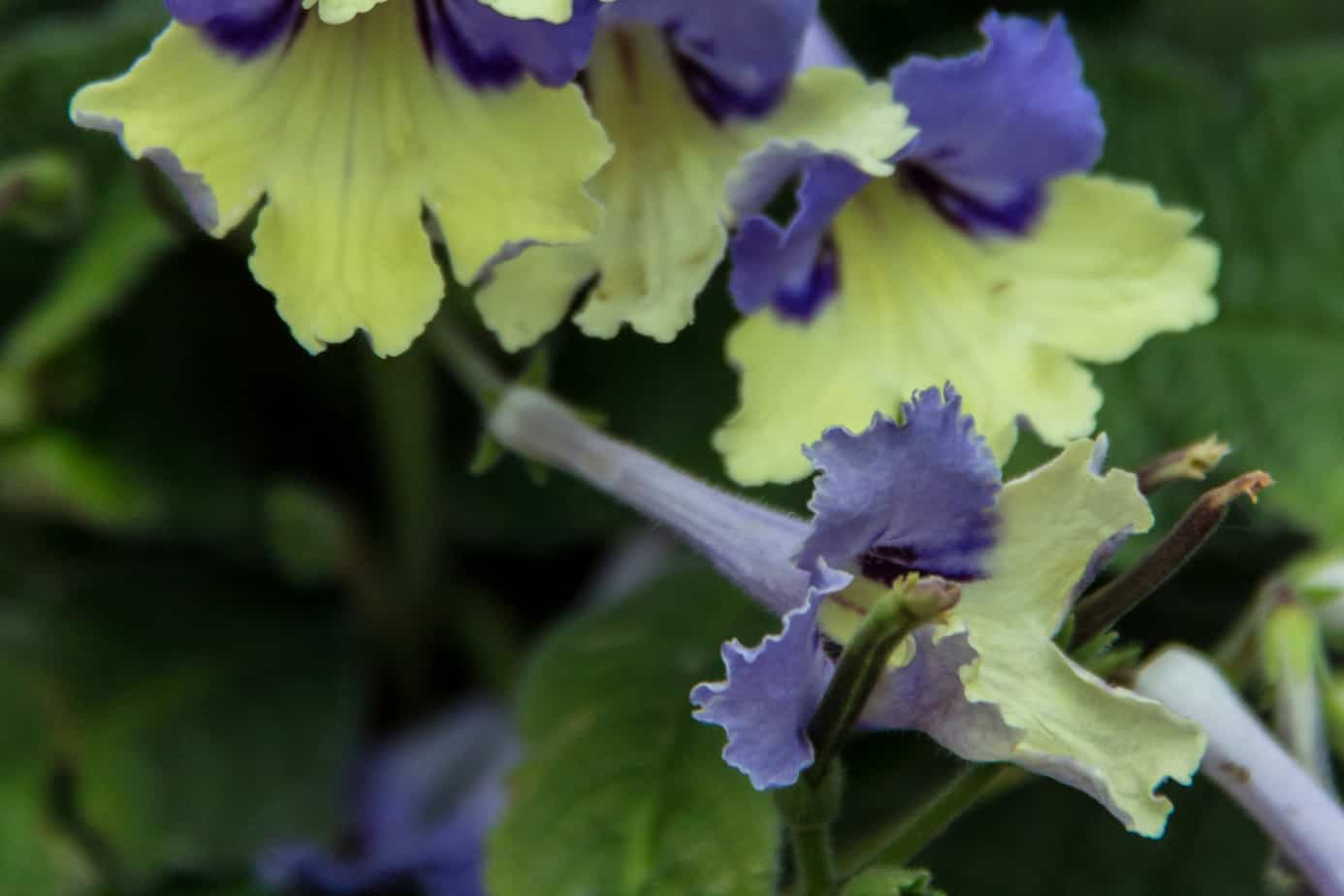
Streptocarpus ‘Harlequin Blue’
Harlequin Blue is definitely a jaw-dropping variety with those fancy combinations of colors. The flowers have cream-yellow petals while the hoods are blue in color. They look absolutely amazing. Best of all, this variety thrives even in low light conditions.
In stock In stock In stock In stock
$4.95
Sold By:
Willows Bonsai
Lot of 25 Green Japanese Maple Seeds
Only 98 available and it’s in 2 people’s basket
Sold By:
Willows Bonsai
$18.00
Sold By:
Smoot's Farm
Hoya Australis Lisa 4 Pot Live Starter Plant
Rated 4.89 out of 5 based on 27 customer ratings00
Sold By:
Smoot's Farm
$8.99
Sold By:
Succulent Oasis
Cactus Plant Small Mammillaria Eleganz | A beautiful, geometric design of spines is very unique
Rated 4.84 out of 5 based on 352 customer ratings00
Sold By:
Succulent Oasis
$4.75
Sold By:
Cacti and Exotica
Parodia leninghausii
Rated 4.98 out of 5 based on 59 customer ratings00
Sold By:
Cacti and Exotica
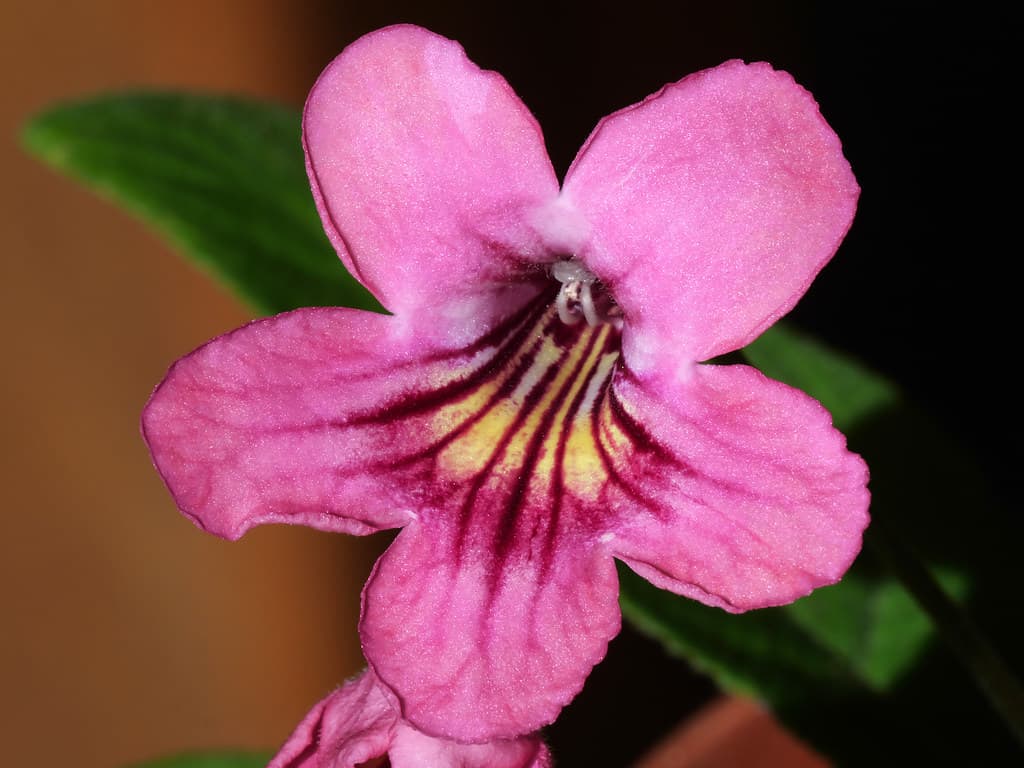
Streptocarpus ‘Sadie’
Sadie is characterized for having flowers that appear in glowing pink colors. This variety surely gives that feminine, girly vibe.
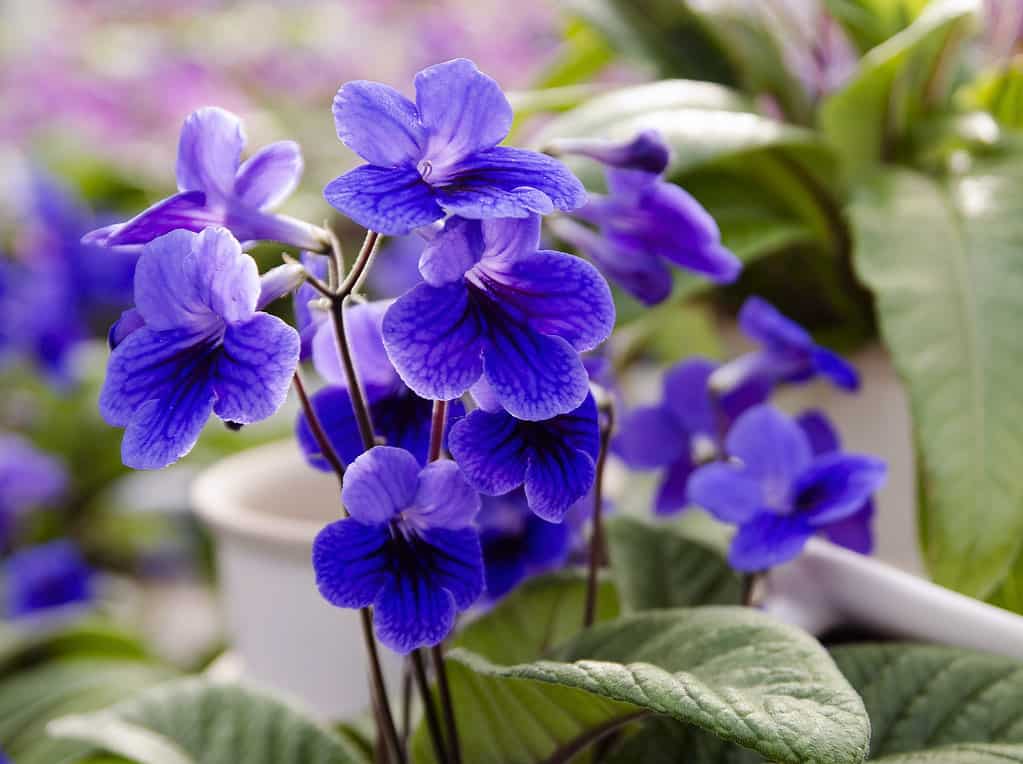
Streptocarpus ‘Targa’
Targa is also known as the purple streptocarpus. This is because the blooms have that rich, velvety, deep blue-purple color. These flowers will start showing in early spring and will continue to last until autumn.
Streptocarpus Diseases & Pests
Streptocarpus plants aren’t much vulnerable to pests and diseases. However, make sure to watch out for aphids, mealybugs, whiteflies, thrips, and slugs. You must get rid of these destructive organisms long before they inflict serious trouble.
As for diseases, fungal infections are quite common. This happens if you tend to overwater your streptocarpus. Using an unsterilized potting mix can also be one reason for the spread of pathogens.
Frequently Asked Questions
Your streptocarpus might be needing additional feeding specifically that of high potash content.
Another reason could be due to lack of pruning. Older leaves will no longer produce flower buds so you have to cut them back to allow for young ones to grow.
We recommend feeding your plant with African violets fertilizer before the blooming season. That would help boost the production of flowers. Pruning is also needed to produce new buds. On top of that, make sure to provide the best-growing conditions including proper lighting, the right amount of water, ideal temperature, and humidity.
You’ll have to cut back the streptocarpus plant after it flowers. This would help get rid of the faded blooms and older foliage. Cutting back also helps rejuvenate the whole plant.
Head out to Plantly and see the varied options we have for flowering plants like Streptocarpus and African violets. We offer the best quality plants tended and cared for by our trusted nursery partners. Happy planting!
Whether you want to buy, sell, or simply reach out to other plant enthusiasts, Plantly is the right place to be!
-
$10.99Sold By: Cacti and Exotica
In stock
Crassula multicava
Rated 4.98 out of 5 based on 59 customer ratings00Sold By: Cacti and Exotica -
$40.00Sold By: NEEPA HUT
In stock
Satin Pothos Plant
Only 3 available and it’s in 4 people’s basketRated 4.99 out of 5 based on 221 customer ratings08Sold By: NEEPA HUT -
$20.00Sold By: BubbleBlooms
$25.00In stock
Syngonium Pink, podophyllum, in 4 inch pot
Rated 4.81 out of 5 based on 279 customer ratings00Sold By: BubbleBlooms -
Free Shipping$4.95Sold By: SunSoul Plants
$5.99In stock
Red Peter Hot Pepper Seeds – 25 seeds
Only 10 available and it’s in 2 people’s basketRated 4.87 out of 5 based on 98 customer ratings00Sold By: SunSoul Plants
